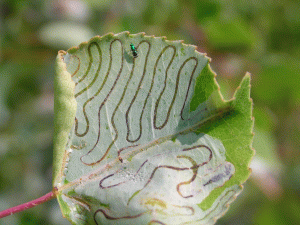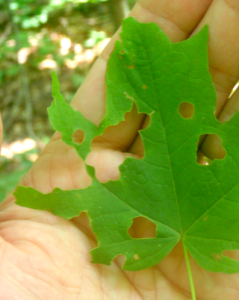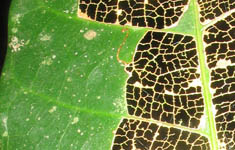Ecology week I – Leaf Herbivory and Fungal Occurrence on Trees – Spring 2023 Module
The In-Person and Make Up Module materials are the same this week. There is no Make Up Module webpage.
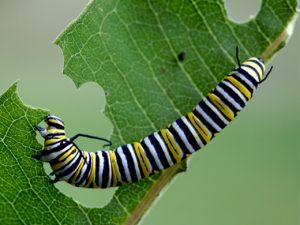
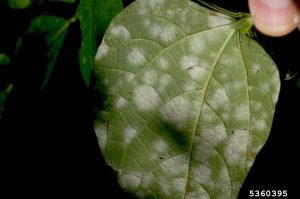
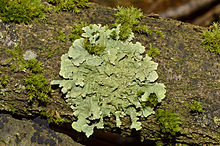
- In the Spring Semester – leaves and many herbivores are not generally present due to cool weather in February and early March.
- Be prepared to arrive in lab with your completed Data Collection Handout for Spring that you already submitted in Moodle.
- Your TA will let you know if you should collect your OWN leaf samples using the Ecological Methods from the Leaf Herbivory Pre-Lab webpage or if you will use the provided images below to collect data to complete the appropriate semester Data Collection Handout.
- Table 4.1.1. Photographs of Tree and Leaf Images. Each group of students will work on collecting data and calculating surface area data from all 4 of their assigned trees below. Data from all 4 Trees must be included in for the In-Lab Assignment.
| Group 1 Trees 1A & 1B Trees 1C & 1D | Group 2 Trees 2A & 2B Trees 2C & 2D |
| Group 3 Trees 3A & 3B Trees 3C & 3D | Group 4 Trees 4A & 4B Trees 4C & 4D |
| Group 5 Trees 5A & 5B Trees 5C & 5D | Group 6 Trees 6A & 6B Trees 6C & 6D |
- Groups will work to compile their data from all 4 trees studied by your table (Trees A, B, C and D). What trends can the group discern? The data can be compiled and presented in many ways. Here are a few ways you might consider your group’s data. Your TA will provide further guidance on this.
- Compile the data (tables) on leaf surface area and area lost to herbivory and fungi (if seen).
- Compile the data (images and observations) on the different types of herbivory and fungal incidences.
- Combine your group data and determine how to represent this in graphing format. Can the data be combined, averaged or summarized for presentation? How?
- Do you see similar/different patterns in herbivory and/or fungal infections between different tree species?
- Does the origin of the tree species (native vs. non-native) make a difference in the amount or types of herbivory or fungal damage? Why might this be a factor?
- Do ideal growing conditions or known tree health concerns impact herbivory and/or fungal damage?
- How might wild life value of native or non-native planted/managed trees be impacted by herbivory and/or fungal damage?
- Is herbivory always bad for plants? Why or why not?
- What implications might any of these trends have on local insects or other wildlife? or landscape management?
- How would you best represent these data? You may need a combination of table(s) and/or graph(s) to represent all of the data and/or data summaries (Refer to Appendix E in your lab manual to help you, and see the LabWrite data resources)
- Be prepared to present your group findings and inferences to all of your lab peers by the end of lab.
- Submit your completed Group In-Lab on Moodle (1 per group).
Written Scientific Communication
Students will be writing an Ecology Lab Report(opens in new window) on one of the Ecology labs (Units 4.1 or 4.2). During these 2 Ecology Lab weeks, we will review the importance of good scientific writing skills and provide resources to aid in your success in writing for this class and your other science classes.
In-Lab Activity: we will provide a paper handout for each student to complete in lab.
- Lab reports vs. journal articles/primary literature – Why are they important? How are they alike? How different?
Sample Scientific Journal Article – Bed Bug Article (opens in new window)
Sample Lab Report – Nutrients in Various Foods(opens in new window)
- Linking Scientific Method to the Format and Order of Scientific Writing (Lab Reports/Journal Articles)
- Sample papers – primary or secondary – see links papers below if time.
There is no Post-Lab assignment to turn in this week, but you should start working on your next Pre-Lab for Unit 4.2 Urban Ecology.
From Oct. 5, 2016 NCSU Bulletin – Urban Warming Slows Tree Growth, Photosynthesis – mentions increased insect pests are part of the problem.
Sample Scientific Papers – Primary vs. Secondary Literature
| Sample 1 -Mice(opens in new window) | Sample 2 -Rhinos(opens in new window) | Sample 3 -Iguana(opens in new window) | Sample 4 -Ecosystem(opens in new window) | Sample 5 -Parasites(opens in new window) |
Writing Lab Reports – Use when writing the Ecology Lab Report – Lab Units 4.1 and 4.2
This will be discussed further in lab next week (Lab 4.2).
- Inside-Out-Approach to writing lab reports
- LabWrite Home
- Guide to Analyzing Sections of a Lab Report
- Sample Lab Reports –look at formatting AND how references are used and cited.
- PPT that shows common mistakes with plagiarism
- PowerPoint from a Workshop on Writing Lab Reports
- (PPT tells you the basics, but also addresses common mistakes and questions from past students.)
- Writing tips for Scientific Writing (Active/Passive Voice, Wordiness, References, Pronouns, Tense Issues, Syntax)
- View a Sample Scientific Journal Article – Honey Bee Article
Finding and Citing References in your Lab Report
- Check out the Resources page on the main Lab homepage to help with writing in-text citations and full references.
- 8th Edition CSE Scientific Style and Format Citation Quick Guide
Additional help outside of the Biology Department and your TA
